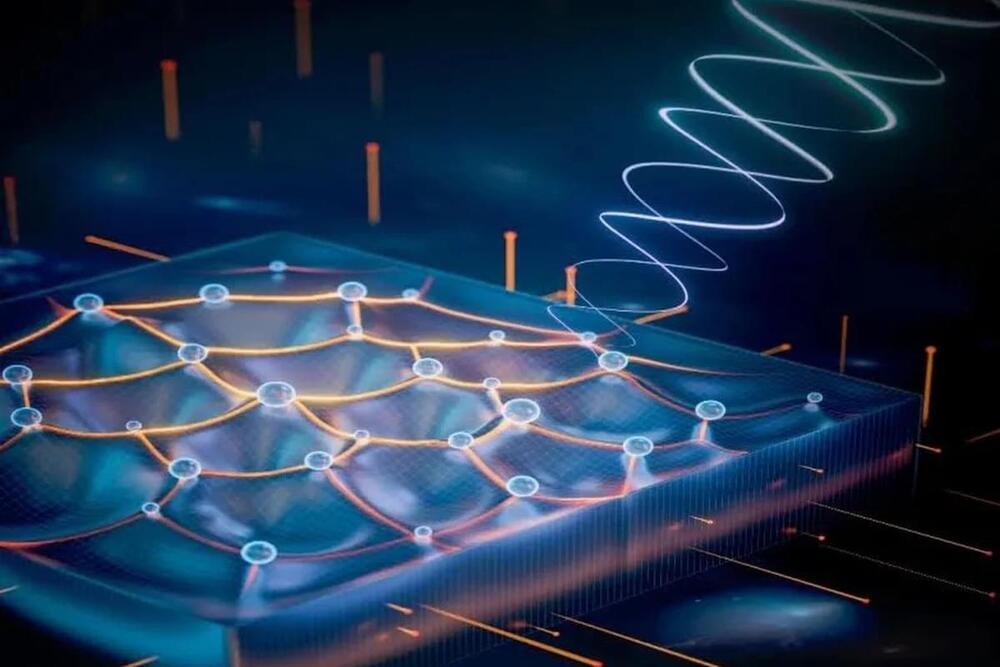This experiment, which was published in the journal Nature, opens new avenues for the search for gravitons in laboratory settings.
The graviton, if it exists, is theorized to be massless and capable of traveling at the speed of light, embodying the force of gravity. Yet, its direct observation has eluded scientists until now, if the team’s research holds up. The recent findings stem from an excitation phenomenon discovered in 2019 when Du was a postdoctoral researcher at Columbia University. This phenomenon led theoretical physicists to speculate about the potential detection of gravitons.
The experiment’s success was the result of an international effort. High-quality semiconductor samples were prepared by researchers at Princeton University, while the experiment itself was conducted in a unique facility built over three years by Du and his team. This facility enabled the team to work at temperatures of minus 273.1 degrees Celsius and capture particle excitations as weak as 10 gigahertz, determining their spin.









Comments are closed.